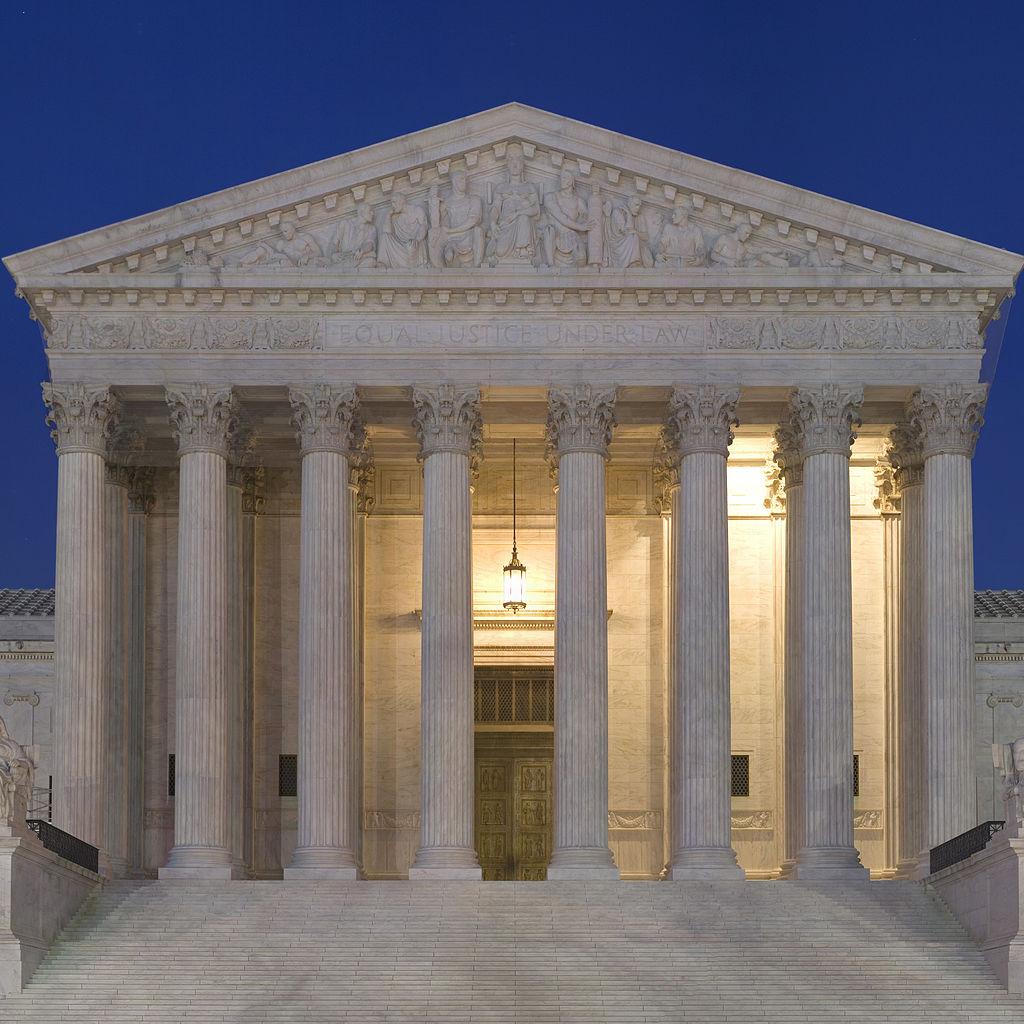Abortion rights, women of color, and LGBTQIA+ people are under attack. Pledge to join us in fighting for gender justice.
Once and For All: This Is Why We Support Trans Women and Girls in Sports

In recent years, the far right has been attempting to divide, and thereby weaken, our feminist movement with fearmongering around transgender women athletes in women’s sports.
The National Women’s Law Center (NWLC) unequivocally supports the inclusion of trans women in women’s sports. And if you call yourself a feminist, you should too.
Need more convincing? In this blog, we are going to debunk—once and for all—some of the biggest lies we’ve been force fed by fake feminists.
Let’s go.
Lie #1: Trans women have an unfair advantage in sports.
First off, the small number of trans and intersex girls and women athletes have NOT demonstrated any categorical “dominance” or overwhelming advantage. Years of data negate this dominance argument.
Second, this notion that trans girls have an overall competitive advantage in sports also implies that every single cisgender woman is physically inferior, which feeds into sexist stereotypes and pits women against women. It also risks opening the door to questioning every woman’s femininity.
Finally, this notion overlooks the fact that class and money are often responsible for competitive advantages in sports (i.e., access to private coaching, better facilities, better sports equipment, and specialized training).
Lie #2: Trans women will take opportunities away from cis women.
We have SO much to say on this point.
First, there are actually very few trans people in competitive sports—and the success of those trans people has, for the most part, been exaggerated to perpetuate transphobia. (Many of the politicians pushing hateful anti-trans laws at the state level could not identify even one trans girl playing school sports in their state—much less causing any issues in competitions).
Second, initial research shows “participation among high school girls remained static from 2011 to 2019 in states with fully transgender-inclusive sports policies, whereas participation among girls in states with outright bans or trans-exclusive policies (combined) has decreased.”
In other words, where states enacted hostile policies to bully trans students, we see fewer girls total playing school sports.
It’s also been the case that trans girls actually create MORE opportunities for cis girls to play.
Take the story of Fischer Wells, a 13-year-old trans girl who helped recruit for her school’s field hockey team, opening up new team spots for herself and cisgender girls. Despite basically creating this team, Fischer was heartbreakingly kicked off her team as the lone middle-schooler targeted by Kentucky’s anti-trans sports ban.
Lie #3: Cisgender girls shouldn’t have to share locker rooms or bathrooms with trans girls.
First, it’s important to note that nondiscrimination laws protecting trans people in these kinds of facilities have been around for a long time, with no increase in safety risks in public restrooms and other gender-segregated facilities, according to a UCLA study.
Furthermore, policies that exclude trans women and girls from women’s locker rooms don’t just make trans women and girls more vulnerable to harassment. They ALSO endanger cis women. In fact, we already have accounts of cisgender women being attacked in public spaces because people assumed they were trans.
That is, in part, why dozens of anti-sexual assault and domestic violence organizations have come out in support of inclusive restroom policies.
Lie #4: Excluding trans athletes “protects” women and girls.
First off, this statement erases the fact that trans women and girls are women and girls. Even further, this does nothing to protect women and girls—really, it endangers them.
Anti-trans sports bans subject all women and girls to accusations of being “too masculine” or “too good” at their sport to be a “real” woman or girl. Some require women and girls to verify their gender through sex testing, even proposing invasive and traumatic medical examinations. There’s actually a long, ugly history of this. And these tests especially harm women and girls who fall outside stereotypical notions of womanhood, who are intersex, or Black and brown, because they don’t conform to white standards of femininity.
If these “feminists” actually cared about “protecting” women, they would take action to address the very real issues women athletes face every day.
To be clear, there are numerous examples of actual sex discrimination against girls and women in sports—including fewer athletic opportunities (like over one million fewer opportunities for high school girls than high school boys), second-class facilities and equipment, sexual abuse by coaches, doctors, and other students, pay inequities in sports for professional athletes, or insufficient implementation of Title IX. But sports bans are not addressing these real problems.
Finally, we have to talk about Title IX—the civil rights law that promises to eradicate sex discrimination in schools.
The Law Center—which has been around since 1972, the same year Title IX was enacted—has been working to enforce this law, and fulfill its ultimate promise, every day for the past five decades.
As subject-matter experts, we know discrimination against students because of transgender status or sex characteristics IS sex discrimination. In other words, transgender, nonbinary, and intersex students must be able to fully access education, including school sports, as their full selves. Title IX guarantees no less.




